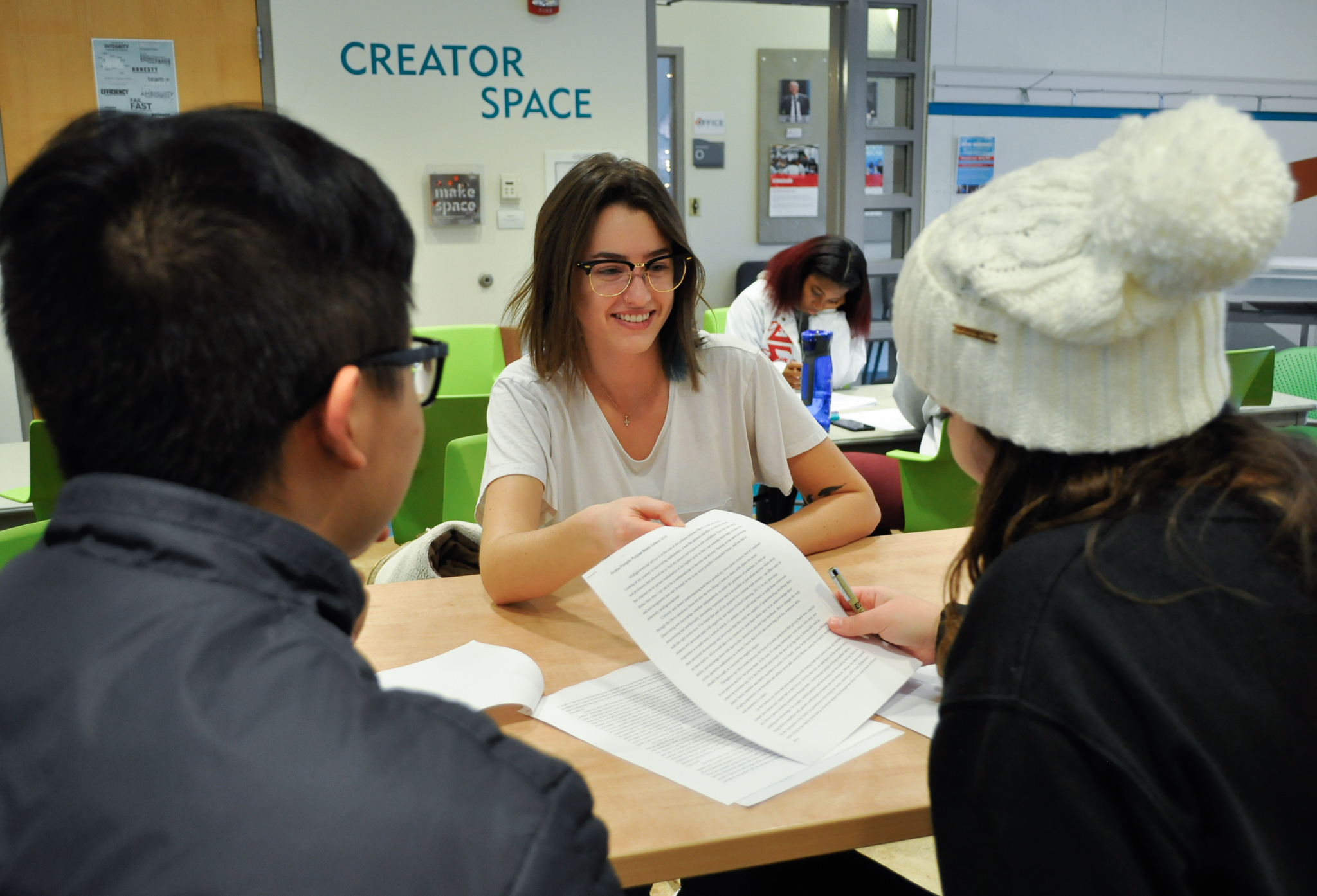IACT: Creativity for Tomorrow

Drive Series Part II: Who is it that we want to help?
By Amy Pompilio ‘19
This is Part II of III of our Drive Series. Missed Part I? Click here.
Our IACT certificate cohort has embraced the ambiguity surrounding ACT III and ACT IV since sophomore year. We knew that this year would be the time to collide and collaborate, but who we would work with and what we would create was left to be discovered.
And discovered how, exactly? Colliding is arguably the most uncertain stage, but finding our drives earlier in the semester gave us a purpose-based compass for navigating the process together. Yet no matter how prepared we are, and no matter how much our introspections overlap, the best collisions are oftentimes the most surprising.
In the ACT classes, we emphasize people. Who is it that we want to help? Who are we designing for? Who benefits from this new idea? My experiences in sharing math with the world have mostly been with people my age and younger, so I thought I had an idea of who I might be able to serve. And just when I at least knew one thing for sure, our collision came and turned it on its head.
As we went around the room one day talking about our drives, Joseph shared with us his passion for neuroscience research and how Alzheimer’s disease advances in patients. He finds the science side fascinating, but his drive comes from helping patients.
His perspective started a chain reaction that got our group together faster than you can say “Institute of Applied Creativity for Transformation." Merani shared that she has lived with a family member who suffered from Alzheimer’s disease, and has seen first hand the emotional toll it takes on those involved. Her insights on how social isolation can affect patients who don’t live in a nursing home disrupted Joseph’s more clinical perspective and took both of them in a new direction.
Now how does math fit into this picture? I know from my past tutoring experiences that mathematical thinking is an important cognitive skill for children to develop. It’s even been shown that practicing math can activate numerous parts of the brain at the same time. Why not use math to help stimulate the minds of the elderly?
Serving populations in brand new ways is exactly what our certificate journey has prepared us to do. The three of us may not know what the final form of our collision will look like, but we know who we want to help.
Stay tuned for Part III as Amy and her certificate cohort work their way through the IACT’s Drive model of vocational discernment and self-determination for action through Purpose, Passion and Possibility.
At the Institute of Applied Creativity for Transformation (IACT), our vision is to create a mindset of possibility that disrupts the world through 21st century citizenship. We believe in creative changemaking with a sustainable, humanity-centered focus that blends educational and vocational frameworks for self-determination and transdisciplinary transformation.
IACT is home to the nation’s first undergraduate certificate in Applied Creativity for Transformation. Open to undergraduate students of any major, the certificate is a first step in achieving the University of Dayton’s vision of innovation, applied creativity, entrepreneurship and community engagement for the common good. For more information about IACT at ArtStreet, call 937-229-5101 or visit go.udayton.edu/iact.
